Mycenaean culture flourished on the Greek mainland in the Late Bronze Age. The name comes from the site of Mycenae, where the culture was first recognized after the 1876 excavations by Heinrich Schliemann.
c. 1600–1100 B.C.E.

Mycenaean culture flourished on the Greek mainland in the Late Bronze Age. The name comes from the site of Mycenae, where the culture was first recognized after the 1876 excavations by Heinrich Schliemann.
c. 1600–1100 B.C.E.
We're adding new content all the time!
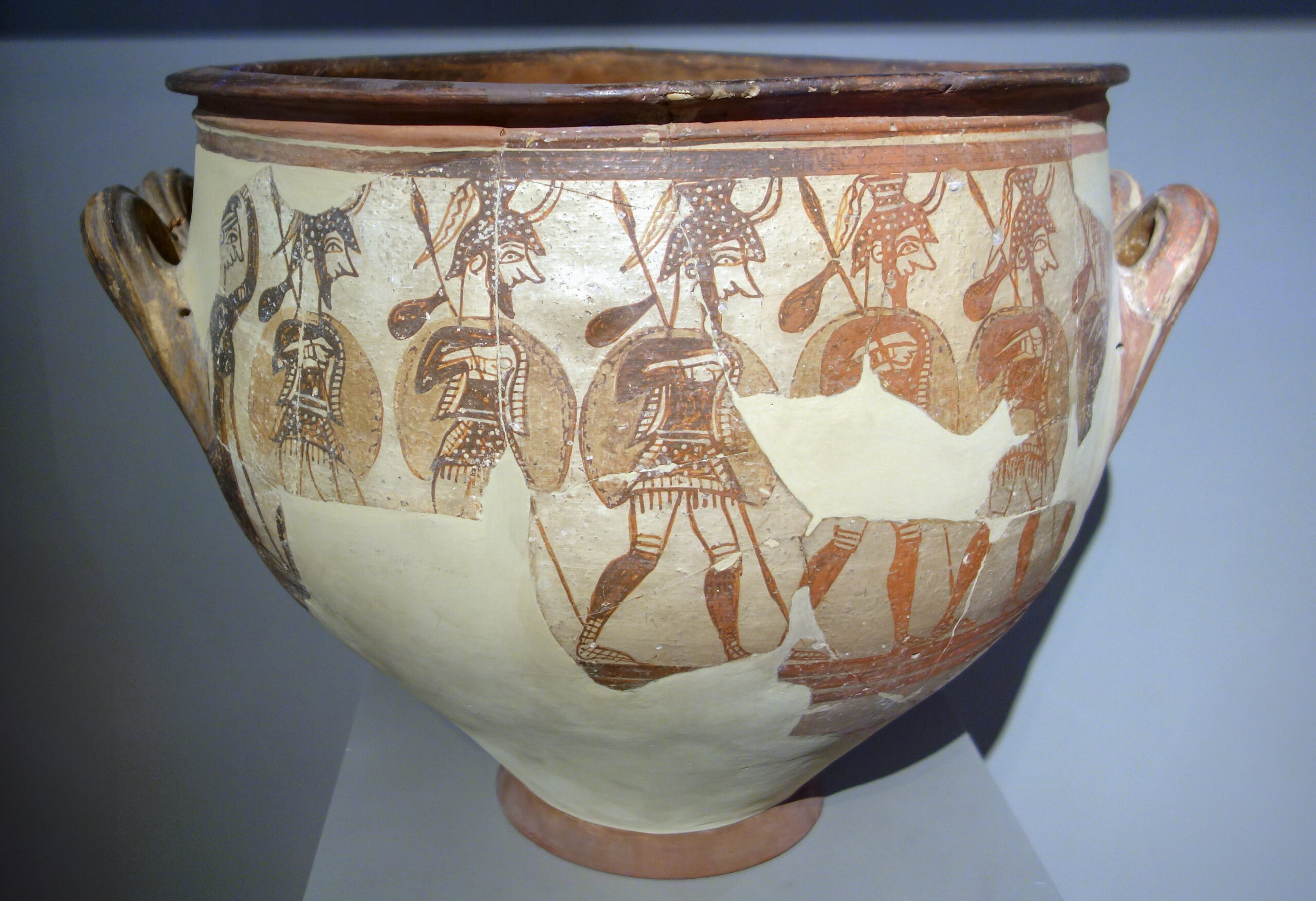
Painted soldiers decorate this ceramic vessel, marking a period of increased warfare in ancient Mycenae.
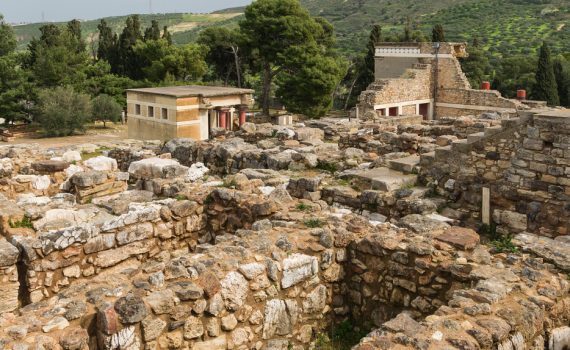
The people of the ancient Aegean were great seafarers and traders, talented potters, painters, jewelers, weavers and carvers of stone.
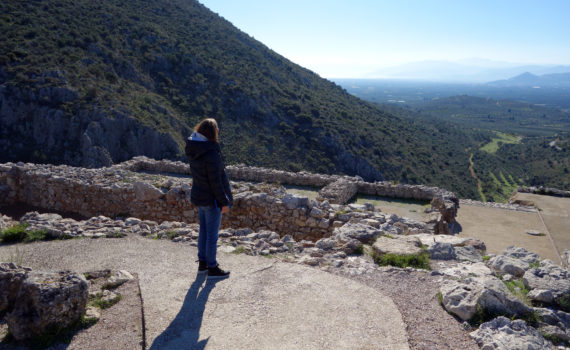
Mycenaean culture dominated southern Greece, but is perhaps best known for the site of Mycenae itself.
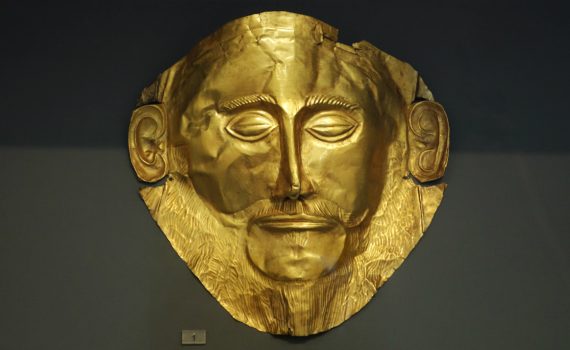
“I have gazed into the face of Agamemnon,” boasted the man who discovered it—but is it really the Homeric hero?
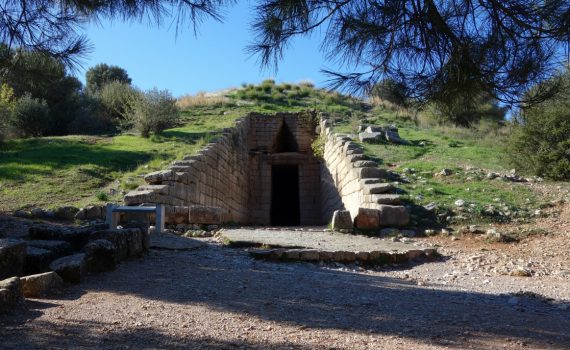
Below the great citadel of Mycenae, a passage into a hillside leads to a massive beehive-shaped tomb.
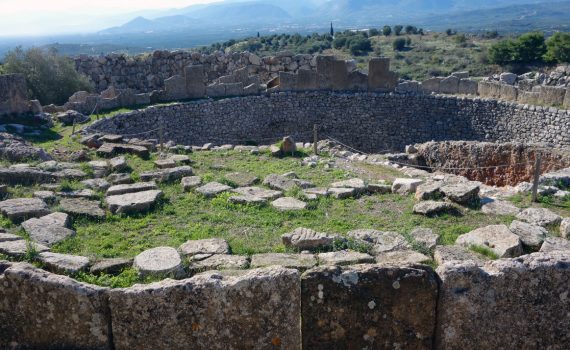
Seeking the mythic cities of Homer, Heinrich Schliemann identified Mycenae in the 19th century.

Approaching Mycenae was awe inspiring: a massive hill, walls of enormous stones, and the fearsome Lion Gate.

Curated Guides are collections of Smarthistory videos and essays curated and organized by leading scholars into strategic pathways for learning and teaching. Check out the 3 types of guides: The Basics, Syllabi, and Thematic Series!
Curated Guides are part of an ongoing effort to make Smarthistory even more useful for educators and learners everywhere. Stay tuned for more updates!